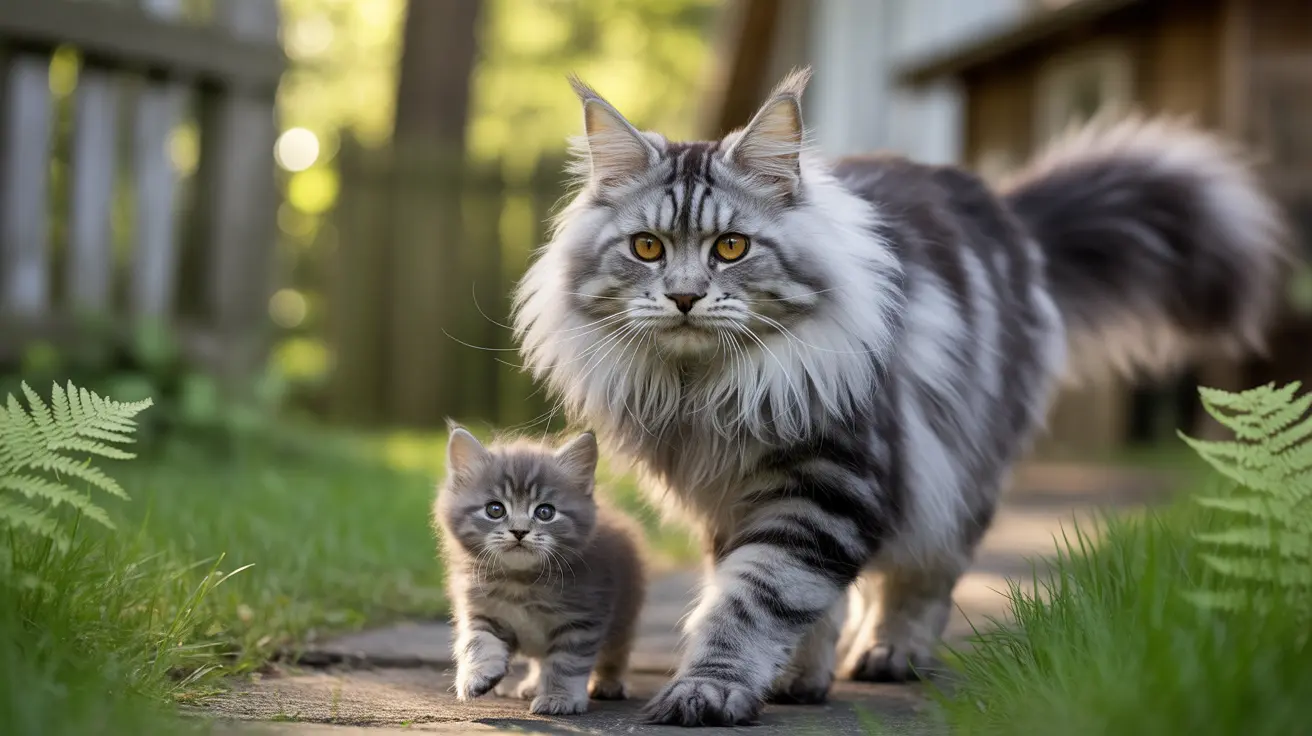Mother cats, whether feral or domestic, have a natural instinct to protect their kittens by periodically relocating them to new, safer locations. This behavior, deeply rooted in feline survival instincts, serves as a crucial protective mechanism for their vulnerable offspring.
Understanding how often cats move their kittens can help caregivers and observers better support these mothers while respecting their natural behaviors. Let's explore the patterns, reasons, and best practices surrounding this fascinating maternal behavior.
Typical Frequency of Kitten Relocation
Mother cats typically move their kittens about once per week during the first few weeks of life. However, this frequency can vary significantly based on environmental factors and perceived threats. The relocation process usually begins when kittens are around 3-4 weeks old, coinciding with their increased mobility.
In situations where the mother cat feels particularly threatened or uncomfortable, she may move her kittens multiple times within a single day. This is especially common in urban environments where disturbances are frequent.
Why Mother Cats Relocate Their Kittens
Safety Concerns
The primary motivation for moving kittens is safety. Mother cats will quickly relocate their litter if they detect potential predators, loud noises, or frequent human activity near their nest. This protective instinct helps ensure the survival of their offspring.
Environmental Factors
Changes in weather conditions, nest dampness, or the presence of parasites can prompt a mother cat to seek a more suitable location. They may also move their kittens to be closer to food sources or better shelter options.
The Moving Process
Mother cats transport their kittens one at a time by gently gripping the scruff of their neck. This grip triggers a natural calming response in kittens, making them limp and easier to carry. The entire process of moving a litter can take several hours, especially with larger litters.
When to Be Concerned
While moving kittens is normal behavior, excessive relocation might indicate underlying issues. If a mother cat moves her kittens more than several times per week, it could signal:
- Significant environmental stressors
- Health issues affecting the mother or kittens
- Inadequate shelter or resources
- Too much human interference
Best Practices for Observers
If you encounter a mother cat moving her kittens, the best approach is typically non-intervention. Provide space and avoid disturbing the process. If you're caring for a mother cat, ensure she has:
- A quiet, secure space
- Adequate food and water
- Multiple potential nesting locations
- Minimal human interference
Frequently Asked Questions
How often do mother cats move their kittens, and when does this behavior usually start?
Mother cats typically begin moving their kittens when they're 3-4 weeks old, relocating them about once per week. However, this can vary based on environmental factors and perceived threats.
What are the main reasons a cat decides to relocate her kittens?
The primary reasons include safety from predators, avoiding human disturbance, escaping unfavorable weather conditions, moving closer to food sources, and maintaining a clean environment for the kittens.
How does a mother cat carry and move her kittens during relocation?
Mother cats carry kittens one at a time by gently gripping the scruff of their neck, which triggers a natural calming response in the kitten, making them easier to transport.
Should I interfere if I see a mother cat moving her kittens frequently?
Generally, it's best not to interfere unless the kittens are in immediate danger. Mother cats know best how to protect their offspring, and human intervention can cause additional stress.
When is it safe to separate kittens from their mother or intervene in their care?
Kittens should stay with their mother until they're at least 8 weeks old. Intervention is only necessary if the kittens are in immediate danger or the mother appears unable to care for them properly.
Conclusion
Understanding how often cats move their kittens helps us better support these natural maternal behaviors. While the frequency of movement can vary, respecting the mother cat's instincts and providing appropriate support when needed ensures the best outcomes for both mother and kittens.






